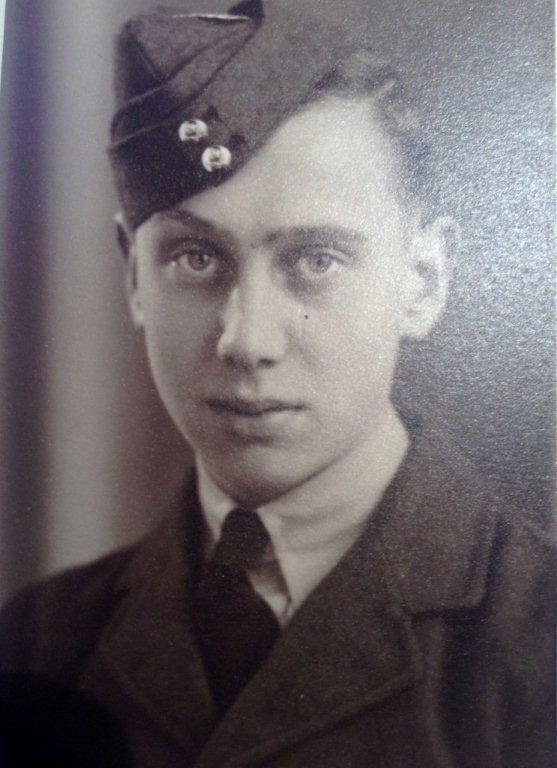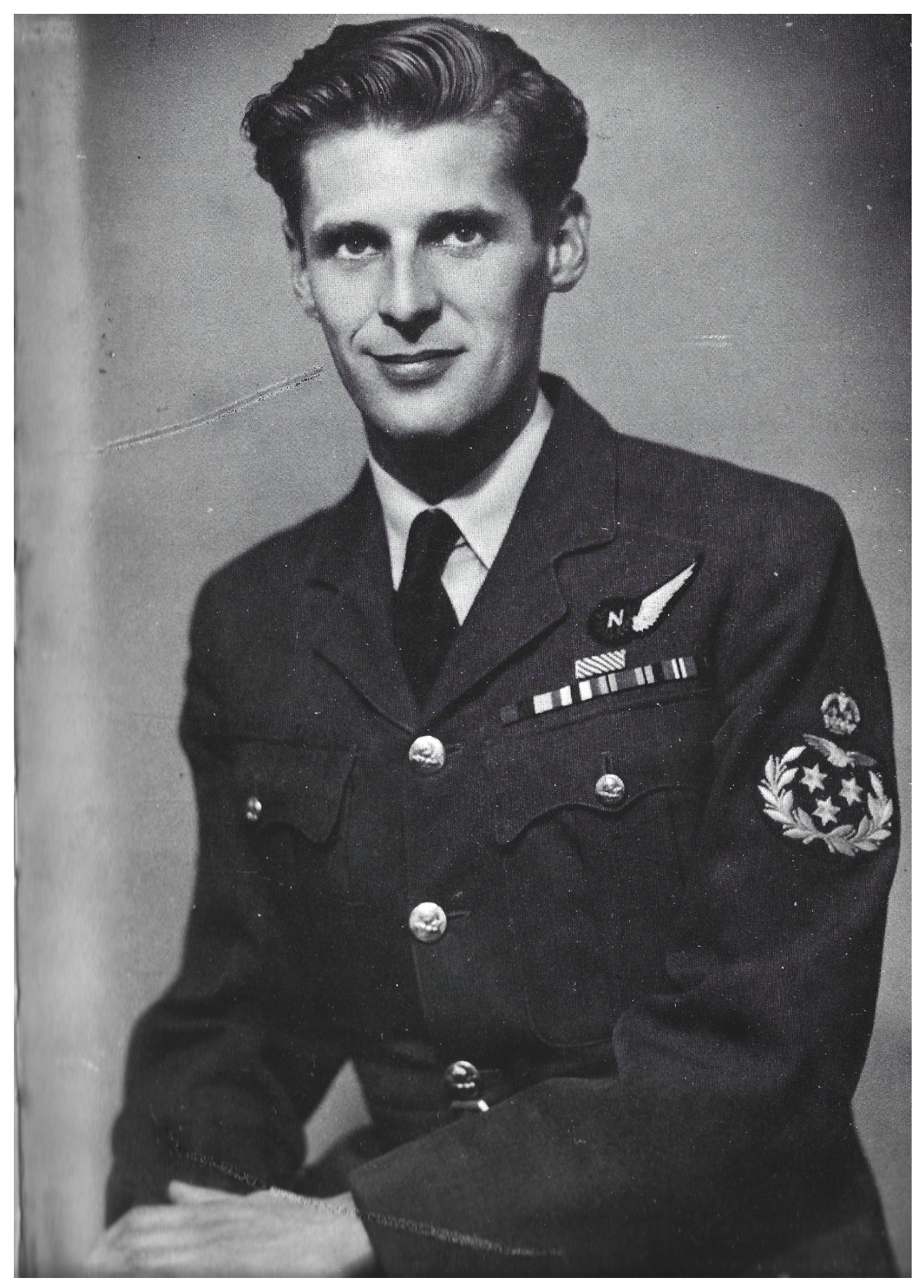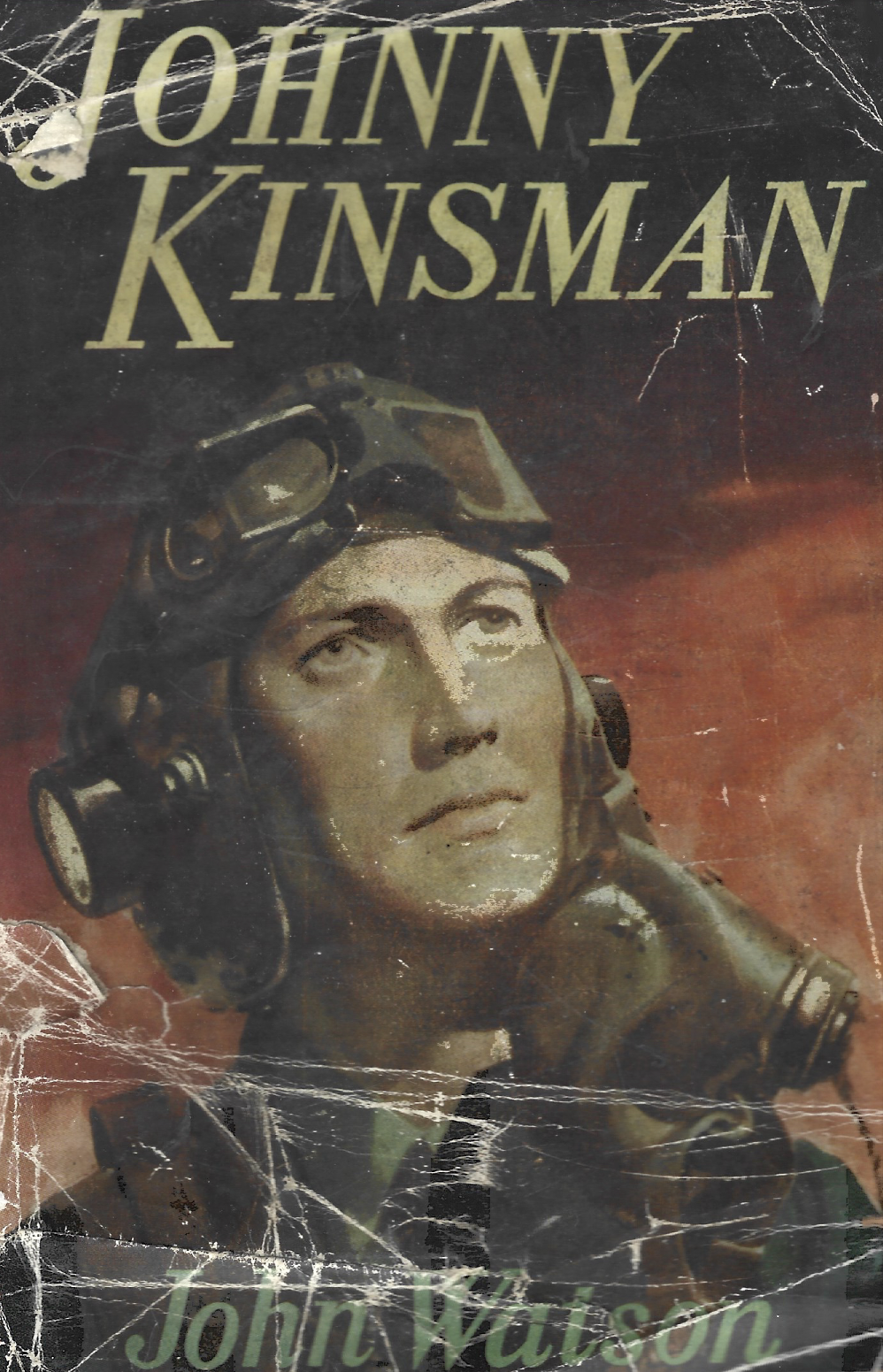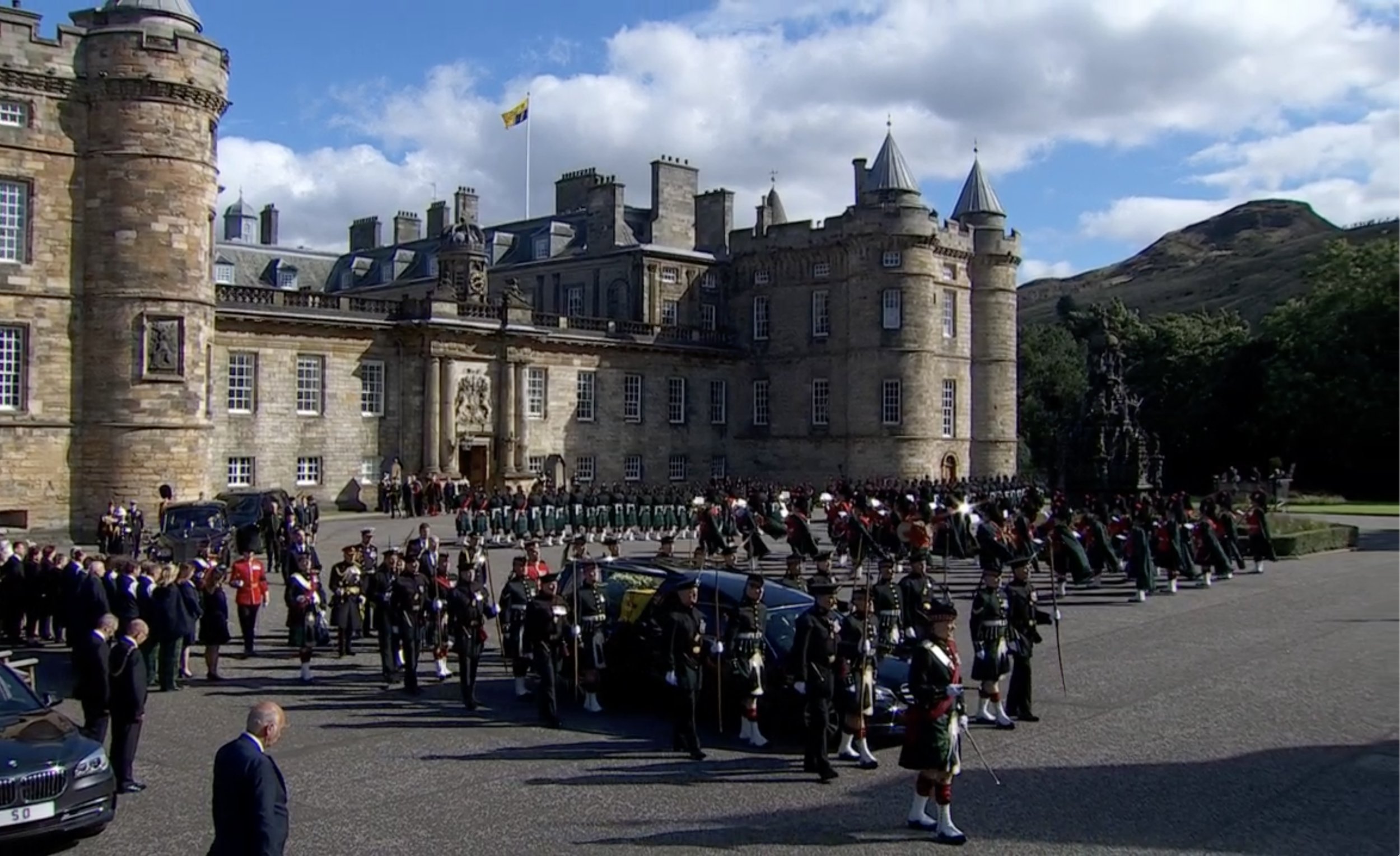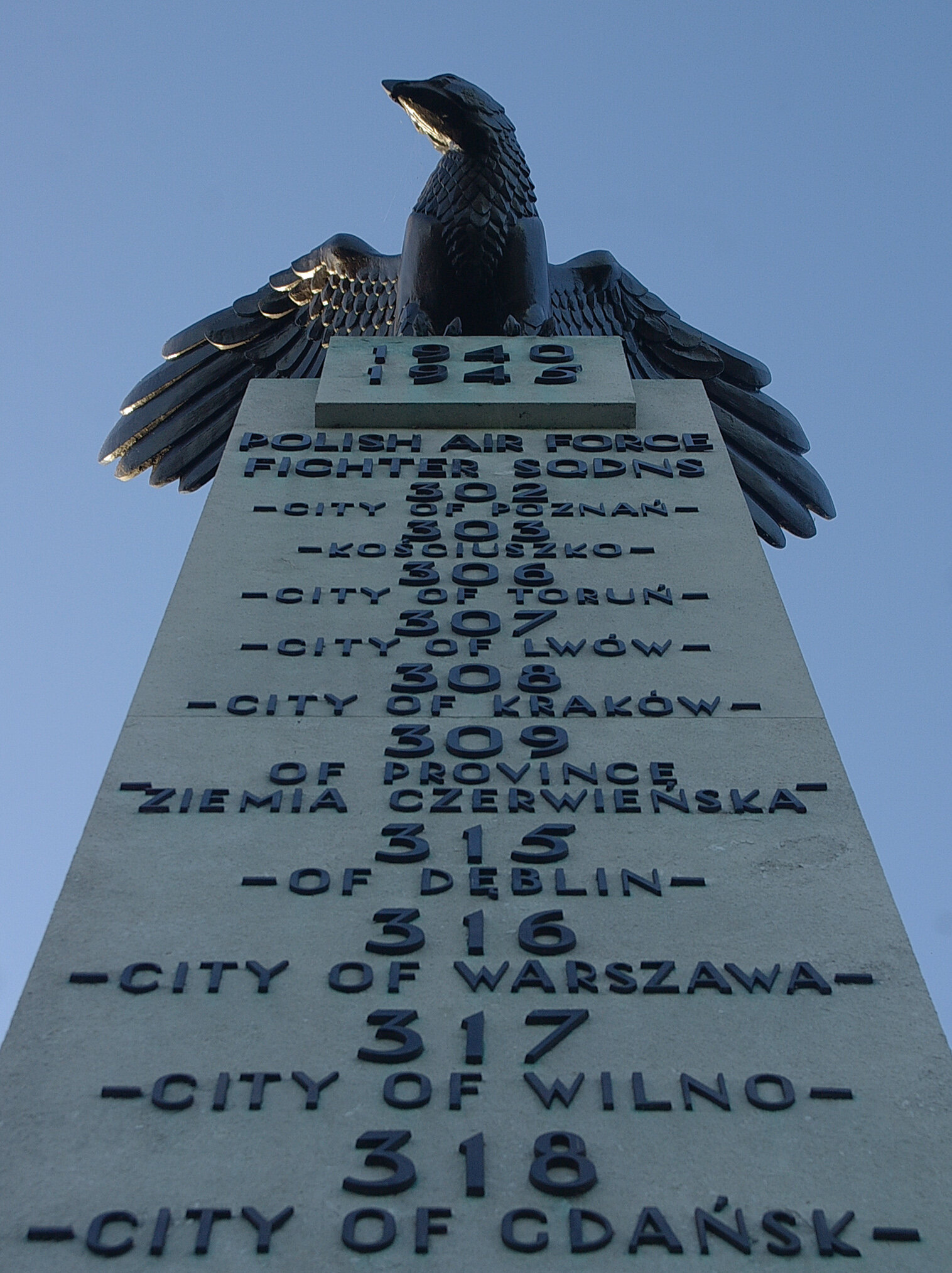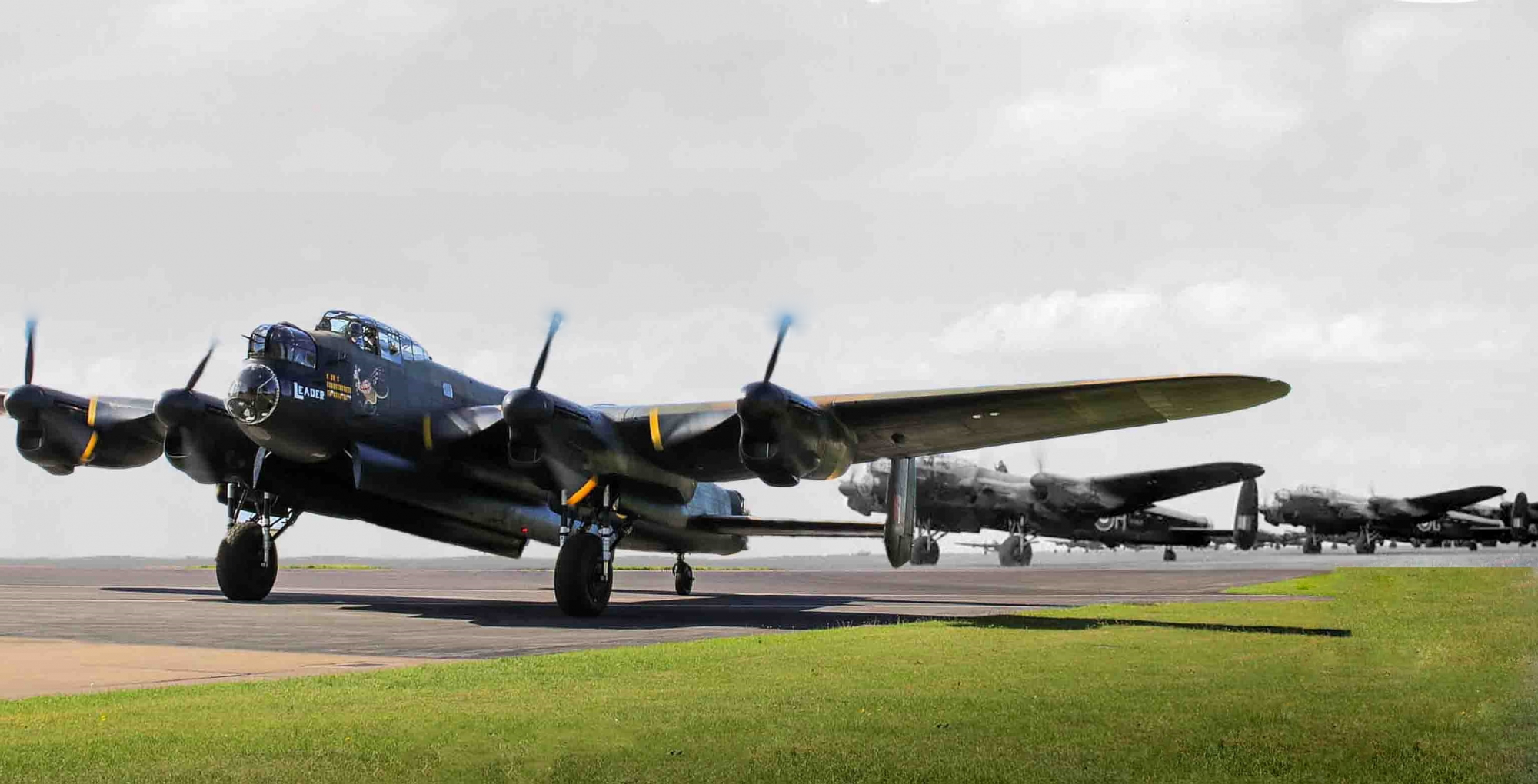RAF 81 The Halifax Squadrons
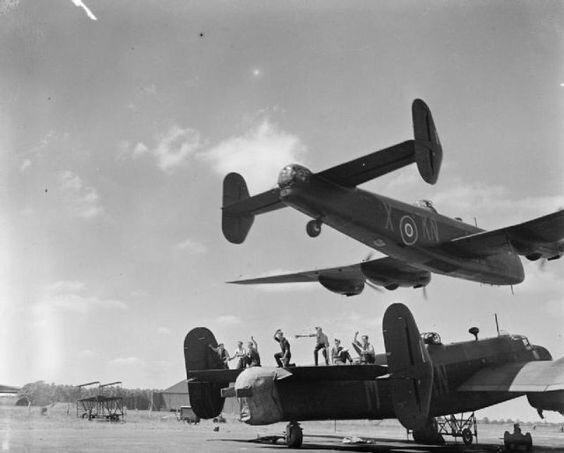
Aviation
RAF 81 The Halifax Squadrons
2025
Chapter One
The Braybrook Initiative
THIS RAF PAPER rests upon two books recommended to me by the nephew of the flight engineer on my uncle's Handley Page Halifax DK165 MP-E, Sergeant-Pilot Kenneth Ernest Webb RAF VR 1315766, 76 Squadron Royal Air Force, and taking to the skies from Linton-on-Ouse.
His flight engineer was Sergeant Stanley Braybook RAF VR who was also, in accordance with RAF policy, to be deemed Second Pilot. Crews often found that whilst the pilot had been wounded or fatally injured, their aircraft was still flyable, and there are countless instances throughout the Strategic Air Offensive of crews being able to reach safety.
Sergeant Stanley Braybrook RAF VR Flight Engineer
76 Squadron, RAF Linton-on-Ouse, North Yorkshire
Sergeant Braybrook’s Nephew J A Braybrook
recommended the novel Johnny Kinsman by John Watson DFC and also One Wing High by Harry Lomas DFM.
DK165 MP-E was shot down losing six of the Webb Crew, the mid-upper-gunner coming down in the tail section when the aircraft broke in two, and mercifully surviving. His war continued even in captivity, as Sergeant Leslie Mitchell bravely refused to accept that being a prisoner of war meant that he must sit out the rest of the war. This tenacious Canadian made several attempts to escape, and I had the great pleasure to finally meet his Son and Grandson at the former crash site, now a Memorial, in Lachen-Speyerdorf Woodland on 3-4 August 2018.
The Mighty Halifax ~ on display at the Yorkshire Air Museum (the former RAF Bomber Command Station RAF Elvington, Yorkshire and the home of one of the Squadrons of the Free French Air Forces).
I remember standing for some time in 2018, trying to obtain perspective as I glanced up at the cockpit, one panel opened…
‘Goodness. So that’s where Ken Webb was, and on the other side would be where his flight engineer, Stan Braybrook took up position as flight engineer and second pilot, and behind the pilot’s bulkhead is the cubbyhole where the engineer had standing access to electronics and fuel systems as well as another bank behind him on the starboard fuselage..’
The photograph is either by me or sent to me by my friends Andrew Braybrook and Peter Cunliffe (the author of ‘A Shaky Do’ ~ the attack on the Skoda Works, Plzen). We three all have one thing in common. We each lost a relative on Operation Frothblower 16-17 April 1943 and its linked diversionary Operation Chubb (Mannheim).
Chapter Two
Two Pillars of Literature
John Watson writes exclusively about Royal Air Force and Royal Canadian Air Force Squadrons that flew Halifaxes based at Liscombe. The author has used this name that suggests RAF Lissett near Driffield in the East Riding where he served in Bomber Command. The other Commonwealth air forces also flew Halifaxes, of course, and in this wartime story, Watson has depicted an RAF Bomber Command Squadron comprising both the RAF and RCAF.
My mother’s brother, a flight engineer on an Avro Lancaster Pathfinder was Flight Sergeant Harry Alfred Marshall RAF VR 1337884 (1923-1945) and he served with both Canadians and Australians serving with the RCAF and the RAAF.
Off-Kilter
Our family has sometimes felt slightly off-kilter when the Halifax flies in the shadow of the Lancaster (understandably so) because it was, itself, a remarkable aircraft, with a slightly wider wing span. It is therefore a great relief to discover in family records that Harry Marshall also served a tour on Halifaxes before being posted to No. 8 Group, 405 (City of Vancouver) Squadron RCAF - one of the elite Pathfinder Squadrons - on Avro Lancaster PB402 LQ-M, likewise lost with all the Payne Crew in January 1945 when they too took to the skies from RAF Gransden Lodge on 16-17 January 1945.
I quote from the superb autobiography by Harry Lomas DFM One Wing High and I leave Harry Lomas to give us this sense of kilter…
Flight Sergeant Lomas is his Crew’s Navigator and they are on their first operation and heading for the Ruhr, known in RAF parlance as Happy Valley, the opposite of course being the reality. We read of the meticulous formation of squadrons from all over eastern England to then set out in the Main Stream.
Extract from page 110 of One Wing High
by
Harry Lomas DFM
Page 110
Just before midday, the three leading aircraft took off, manned by three of the most experienced crews, and as briefed proceeded to orbit Flamborough Head. Periodically they fired off red VERY cartridges, so that the rest of the force could take off in turn, identify the leaders, then take up position behind them. When the whole squadron was airborne, they set a southerly course down the coast, on the first leg to the Naze. Another Halifax eased alongside, positioning itself about 40 yards away on our starboard beam, and we received a cheery wave from Bill in the pilot’s seat.
As we passed the Humber estuary, we were joined by the formations from the other Yorkshire-based Halifax squadrons, who aligned themselves ahead of us. None of the crews attempted the close formation flying favoured by the Americans, which always looked so good on the newsreels. There wasn’t really any point. Whatever formation they adopted, they were out-gunned by the fighters: better to have a bit of elbow room to carry out evasive manoeuvres if necessary.
At the Naze we rendezvoused with a force of Lancasters, and as if by divine right they eased themselves into the leading position of the formation as we turned eastwards.
We flew over the continent at our bombing height of 19,000 feet.
End of extract
Flight Sergeant Harry Lomas DFM RAF VR
Halifax Navigator
An Account by an Airman like no other
The book reads within the skillset of a highly accomplished author. It is loving and tender, it is direct and blunt. Within its pages I see another perspective of total war and the awareness that the Greatest Generation have almost all now departed.
This photograph is also stunningly beautiful. Because here, we see the whole crew. Ground crew and Air crew, and the aviators are well aware that without ‘our’ ground Crew ‘their Mighty Halifax’ will not fly.
Such is Harry Lomas’s skill, that upon scanning the front cover I realised I could spot all the air crew and ground members as if I knew them personally.
As I’ve been reminded countless times in the RAF of yesteryear and in our current Royal Air Force, the aircraft is our property, and for the duration of the operation we are charging it over to you sir, m’am, and it’s your job to bring her back safely to us. Sign here, here and here please. Thank you, Skipper. I will bid you my leave and see you when you get back. God bless, all.
One Wing High
by
Harry Lomas DFM
The book’s inside flap gives us that perfect overview…
“This is an authentic story, sometimes moving, often light-hearted, on a serious theme - the life and times of a World War II Bomber Command crew as towed by the navigator.
Each chapter is a self-contained episode in the life of the navigator, ranging from the story of an unforgettable character, met on the very first day of Service, to the reunion of a bomber crew after more than 40 years.
Harry Lomas describes, in fairly light-hearted detail, the training of a young air crew cadet at home and in South Africa. He goes on to develop an in-depth study of a bomber crew, from its inception to its final disbanding. In an eventful tour of operations against Germany, flying Halifaxes from an East Yorkshire airfield, the crew came to know death and injury: three of its members were later decorated.
One Wing High is one man’s story but it is typical of many, many more.”
Johnny Kinsman
by
John Watson
John Watson DFC
I quote here the introduction by the publisher Cassell and Company Ltd LONDON to the author in the 1955 hardback edition.
John Watson, born in Glasgow in 1921, joined the RAF at the age of 18 and flew until 1946, first as a Fighter pilot, then Staff pilot, Bomber pilot and finally as Transport pilot (UK-Ceylon).
In 1944, he was awarded the DFC on completing a tour of 34 ops with No. 4 Group, Bomber Command.
He is now in business in Glasgow after an unsuccessful attempt to launch a new magazine, Glasgow Review. This is his first novel to be published, though he has written a number of successful one-act plays and many short stories, one of which won a prize in the Glasgow Herald.
Johnny Kinsman by John Watson DFC
This novel, written less than ten years after completing 34 Ops in No. 4 Group Bomber Command on a Squadron flying Halifaxes in 1944, and published in 1955 gave me my first real glimpse into the lives of my parents’ brothers when they both flew Halifaxes.
Having stood inside a Halifax at the Yorkshire Air Museum, any sense of off kilter has gone. The Handley Page Halifax is a beautiful design and the more I delve, the more I discover that the men who flew them came to love them too.
Kenneth .T. Webb
Flt Lt RAF VR Ltd
July 2025
Johnny Kinsman
Again, the book’s front and back inside-flaps provide a perfect overview by the Publishers Cassell & Co Ltd…
“Johnny Kinsman went into the war as soon as the RAF would take him, but by the time he was posted to Bomber Command, what with training and instruction, he had more than 1,000 flying hours behind him. Eventually, he took a bomber crew to Liscombe and began flying Halifaxes with a purpose. At Liscombe he shared a billet with Flying Officer Wakefield, who became his firm friend. At Liscombe much against his will, he fell in love with Julie who, by then, was Wakefield‘s great joy. And from Liscombe he began night bombing violently defended targets in Germany.
The inevitable casualties brought rapid promotion to Johnny – flight lieutenant, squadron leader; one casualty, his friend Wakefield, brought him Julie; and Julie brought, with all the sexual excitement of love, the urgent anxiety of surviving the nights of hell-let-loose over Germany. By the time Wakefield got back to the squadron intact, Julie knew she was pregnant. Until then, Johnny’s life had had no future; it was enough to survive, to live in the closed world of Liscombe, to live for the brief moment of today and forget yesterday and tomorrow.
Now today produced its own problems. In offering a future happiness he had not dreamed of, it brought a fear of death he had not before acknowledged. But maximum effort was still called for; night after night Liscombe produced its quota; night after night they came back fewer than they went.
There can be few works of fiction, published [so soon after] the war, which recapture with such intensity, the drama of those saturation raids on Germany, the feelings of men flying into a fiery inferno in which, too often, there seems no possible chance of survival; from which, too often, they never returned.”
Chapter Three
An Unfortunate Public Backlash
The fact that Watson published in 1955 means that he writes with authority and direct knowledge, no doubt drawing upon the thirty-four operations he flew in 1944 to complete a tour and for which he was awarded the Distinguished Flying Cross. This is especially important because I sense that I hear it straight from the horse’s mouth. Even so, this did not fully register with me for another four years when, more by accident, I stumbled across the world famous interwar years stories of a fictional First World War pilot, Capt Bigglesworth - yep, BIGGLES - by Capt. W.E. Johns (William Earl Johns). But here’s the thing. Johns gives us a superb account of life in the Royal Flying Corps, and introducing the reader to a host of expressions and technical terms, most of which are lost on us today. Similarly, aerial experiences attributed to the character Biggles, we find are directly from personal experience by W E Johns as a RFC pilot. And, like Watson, he is Bomber aircrew.
This enables me to put into faded photographs the reality based on true experience. John Watson flew over forty bombing missions. The DFC was specifically awarded for safely returning his Halifax to England from Germany after losing two of his engines.
Publication is just ten years after the war’s end, and Mr Watson writes also as one of those aircrews that flew Halifaxes.
He writes at a time when it was clear that the general public preferred not to know about the role of Bomber Command, the Strategic Air Offensive, of the 125,000 aircrew personnel who served in Bomber Command - all volunteers - nor of the overall total 57,205 of that number who did not return. They did not wish to know of a forty-six per cent death rate, of an aircrew’s awareness in March-April 1943 that their average life expectancy was four operations.
The general public did not wish to know that the number wounded-in-action amounted to 8,403, nor, that of these 125,000 aircrew personnel, 9,838 became prisoners of war. Life as a prisoner of war was not quite as ordered and Geneva Convention tolerant that the numerous dramas and documentaries presented in the last century. Now we are aware of the forced marches as the Allies advanced and of the many who did not survive those marches.
The public’s volte-face took on a very belligerent tone when it was made clear that no campaign medal would be struck for these 125,000 members of aircrew personnel, and thus marks one of the British People’s less impressive moments.
Men remained silent. In my own service, I have never once met any aircrew who gloried in the task demanded of them; in fact, truthfully, I was often unaware of their war service. If a person had a DSO or DFC and did the arithmetic, one did not ask what had led to that decoration. This was exactly the same following the First World War. Not until the late 1970s did my maternal grandfather speak of that war. Three brothers joined up, he alone came back. That was that.
World War II was Total War. Armchair historians and the armchair British yawning public of today are largely disinterested in the events of a previous century.
But had things not gone our way, history reveals now a future for a conquered Britain that is too hard to fathom. Their plans for Liverpool and for Edinburgh - had Operation Sealion succeeded - subjugating by ruthless example two cities as a warning to the whole of Britain, are chilling. The armchair historian prefers the notion that Hitler wished no harm to Britain, he respected Britain and would allow her to keep her empire which, they say, he greatly respected, just so long as they accepted his free hand in Europe.
We have only to ask the people of Poland and Russia what subjugation meant to them.
Chapter Four
Reaching Out Through the Medium of the Novel
Anyone having an interest in the Handley Page Halifax will find an extraordinary, moving and at times, emotional account. It is also a wartime love story. Sex lies within the pages, as fleeting as in real life, for we are here today, gone tomorrow.
It was on my second reading that the emotional side came out, for this time I knew Watson's fictional character Kinsman before, during and after. On my third reading, I discovered the exact same process but, this time, relating to all the other characters, and something else too. My love for the fierce loyalty and independence of the People of Scotland.
Watson also refers very directly, through his characters, to all the commonwealth air forces, as well as quietly reminding us that Johnny Kinsman is in fact a Scotsman, and this again resonated deeply, not only because I become impatient with the term 'English' being used to mean 'British', but also because my maternal grandmother was born in Lowick in 1900 in the Scottish Borders. In 1900 Lowick was once again an English town but Lowick’s history bounces around down the centuries between the two countries, and the one thing I learned very early on and am so glad I did, that the people would not have changed. They remained firmly Scots although now living south of the border.
Between 2012 and 2016 my sisters and I cared for our mother and succeeded in enabling Mum to live at home. Only then, when laying out the wardrobe each day, did I become aware of all the kilts and tartans. The penny dropped. Mum had loved tartan her entire life. We had the most wonderful conversations about which tartan to choose, and this was tremendous, for it enabled us to keep the battle against Alzheimers’ and Dementia within bounds. We would take Mum back to earlier memories that were ironically becoming stronger as more recent memories slipped quietly away.
John Watson writes with authority, precision and an un-emotion (notwithstanding my note above) that captures the stoicism of the people of that tumultuous time in our history, and he has left us a great legacy in this work. That, too, resonates, because today, I grow tired of seeing people on camera weeping about the loss of people of whom they know nothing. Why is it that people now feel that the moment they know a lens comes their way, they must gush with tears? I have no patience with this. But I discovered something else when being interviewed. Cam crews hope to see tears and will try every trick in the trade to get tears on cam. I am of the old school. WI catch an inward glance at the now departed Greatest Generation.
It is my earnest hope that those involved directly in the conservation of the three Halifaxes remaining will recommend Kinsman for Kindle publication.
Some might say I am harsh. Unforgiving, even. Not at all.
As followers of this website will know, my friendship with the German and Austrian Peoples is unbreakable, two very separate and distinct nations, but who, like many others, fell victim to the wiles of a megalomaniac.
Dictatorship, populism, and extreme nationalism are as one, a stench to the nostrils, and Watson has succinctly reminded us all just what happens when true freedom and true democracy do not stand firm.
In a phrase, with such people, there is no negotiation.
Will we succeed in the inevitable approaching international European War? My doubts, I suspect, are similar to the doubts my four grandparents and parents respectively would have felt in 1938-1939, doubts they quickly overcame when their very life and existence as free people were threatened with subjugation.
Kenneth Thomas Webb
10 July 2025
All Rights Reserved
Liverpool and Gloucestershire
© 2025 Kenneth Thomas Webb
The Front and Rear Covers of a treasured book - and a brief glimpse into decades past
Written September 2018
Last published 13 February 2022 and substantially amended.
RAF 81 The Halifax Squadrons
Chapter One ~ The Braybrook Initiative
Chapter Two ~ Two Pillars of Literature
Chapter Three ~ An Unfortunate Public Backlash
Chapter Four ~ Reaching Out Through the Medium of the Novel
An incredible sight, to see Her Late Majesty Queen Elizabeth II in state procession commencing at the Palace of Holyrood. Seeing Scotland in all her splendour, the massed Pipes, and the Royal Regiment of Scotland, His Majesty the King in train. KTW
Scotland the Brave
Digital artwork by KTW
Ken Webb is a writer and proofreader. His website, kennwebb.com, showcases his work as a writer, blogger and podcaster, resting on his successive careers as a police officer, progressing to a junior lawyer in succession and trusts as a Fellow of the Institute of Legal Executives, a retired officer with the Royal Air Force Volunteer Reserve, and latterly, for three years, the owner and editor of two lifestyle magazines in Liverpool.
He also just handed over a successful two year chairmanship in Gloucestershire with Cheltenham Regency Probus.
Pandemic aside, he spends his time equally between his city, Liverpool, and the county of his birth, Gloucestershire.
In this fast-paced present age, proof-reading is essential. And this skill also occasionally leads to copy-editing writers’ manuscripts for submission to publishers and also student and post graduate dissertations.

